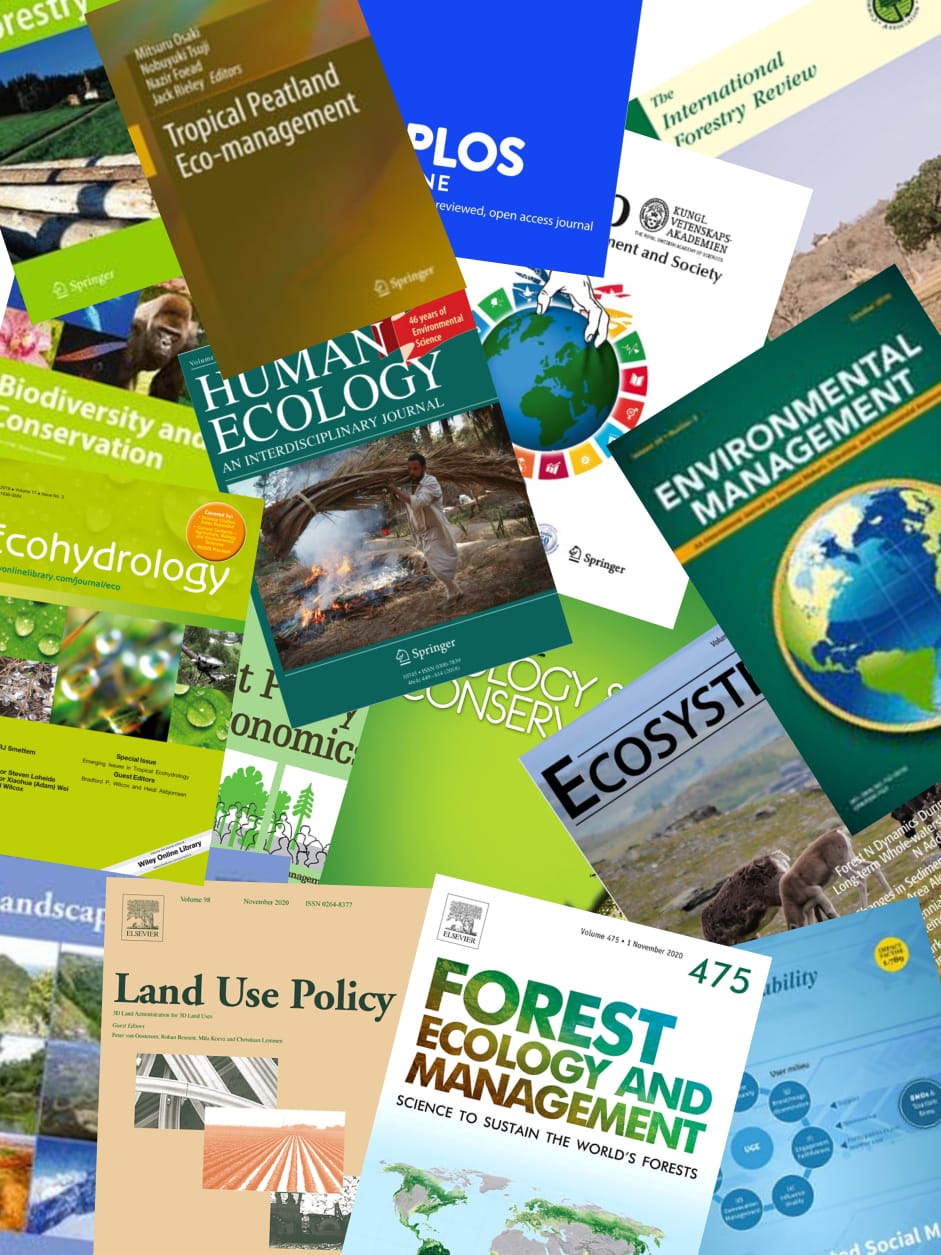Tropical peatland stores a large amount of carbon. In the last 20 years, drainage of Asian peat soil has increased to satisfy the demand of land for plantation agricultures. Industrial oil palm plantations occupy large areas of peatland in Indonesia and Malaysia, with associated GHG emissions and biodiversity loss, here referred to as nature occupation impact. This study performs a detailed Life Cycle Assessment (LCA) of 1 kg of palm oil for two case studies: PT SMART's Hanau and Sungai Rungau facilities in Central Kalimantan, Indonesia. The objective is to quantify the reduction in GHG emissions and nature occupation that has been achieved by implementing the following industry-driven measures: reducing the area of cultivated peat soil, reducing the peat drainage depth, and setting aside part of the land-bank for nature conservation. The results show that 1 kg of palm oil causes 2.72 and 2.25 kg CO2-eq./kg palm oil from Hanau and Sungai Rungau facilities respectively. These are 20%–34% lower than average RSPO certified palm oil and 49%–58% lower than average non-certified palm oil. Sungai Rungau achieves the reduction mainly due to a completely peat soil-free supply base. Hanau's peat emissions are instead 0.28 kg, compared to the 0.77 and 2.36 kg CO2-eq for RSPO certified and non-certified palm oil respectively, due to a very low drainage depth (18–25 cm compared to 57–73 cm in average of RSPO certified and non-certified respectively) and an overall lower share of oil palms on peat land. The impact on nature occupation is 24%–43% lower in Hanau and Sungai Rungau compared to non-certified oil and 4%–29% lower compared to RPSO certified respectively. About 8% of the total land bank of the Hanau supply-base has been set aside for nature conservation, reducing GHG emissions by 2% and nature occupation by 9%. Both Hanau and Sungai Rungau could also significantly reduce GHG emissions in the palm oil milling stage, by implementing biogas capture in palm oil mill effluent (POME) treatment.
View source

